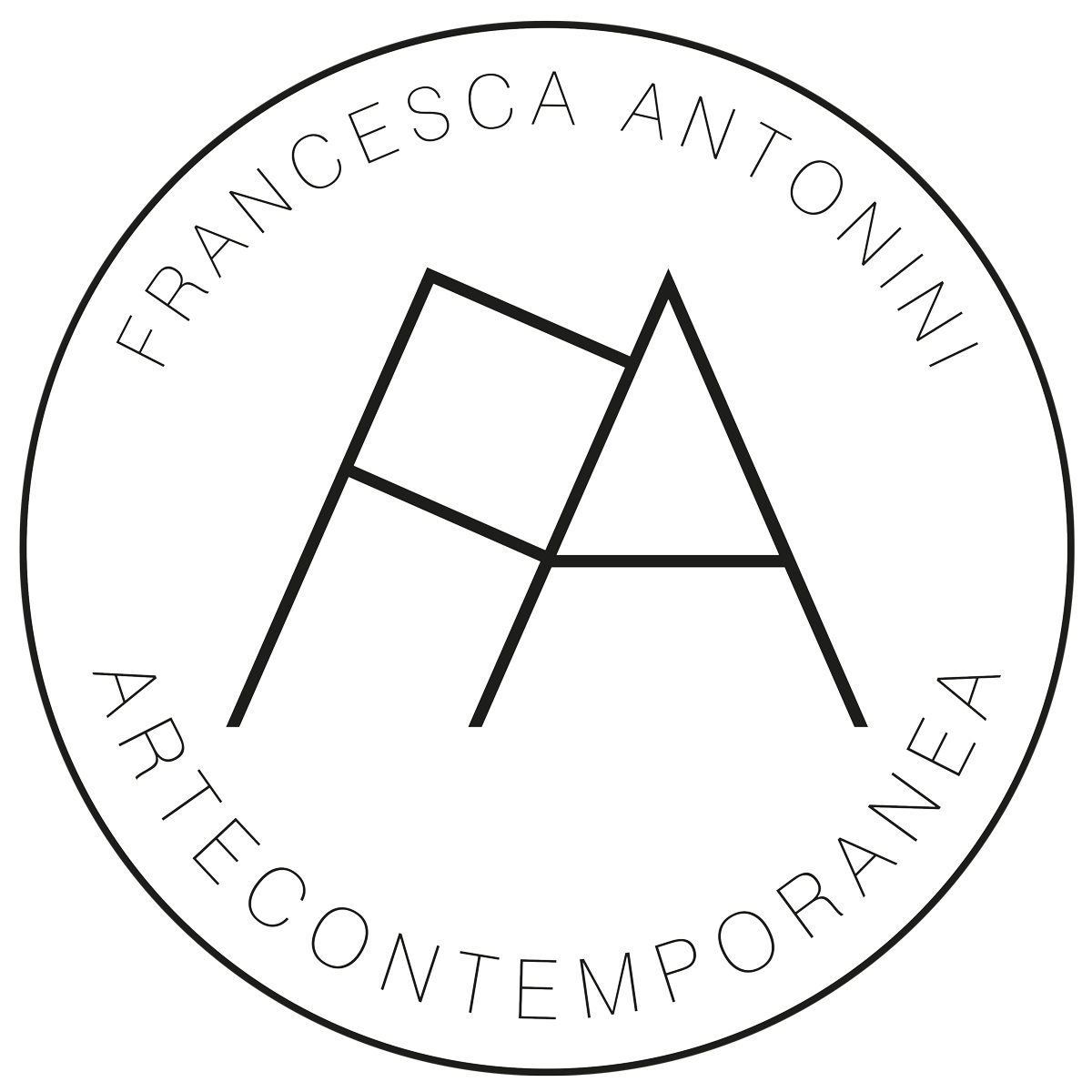QUADRERIA PONTRELLI
GIOACCHINO PONTRELLI
OPENING NOVEMBER 20, 2014
UNTIL FEBRUARY 2015
Quadreria Pontrelli
CLAUDIO LIBERO PISANO
In Murakami’s trilogy 1Q84, the main characters Aomame and Tengo chase each other almost for the whole, endless, book, trying to find out if they have been thrown in a parallel world, that they can’t explain, or if their own world went through a duplication, unexplainable with their cognitive tools.
Two moons in one sky are the proof of the difference with the known reality. Two moons that only they can see, that separate them from everyone, but that will let them find each other, in the end, and come back. They will manage to go back to their world, even if it won’t be the same, only Aomame will perceive a minimal difference: on a highway, where everything began, an advertisement that was on the right now is on the left. But it doesn’t matter anymore. What matters is that they got to come back from a journey, that transformed them. And maybe the true reality will be just the balance between those two impossible moons. See two worlds and then go back to just one. Not claim to find a universe explained in his minimal details, but rather appreciate it for his many routes. The painting of Pontrelli today seems to have solved successfully the presence of different worlds in his works. Abstract, figurative, collage, photography – left from his previous production – find now a new synthesis. What looked like an eternal conflict between order and chaos, in the diptychs of the past years, now is claimed with strength as an assumption of a choice, that has no winners and no losers, but rather the realization of a balanced and pacific coexistence.
All the variations of the artist’s painting are on the same surface, suggesting the strong will to not choose and proving the unlimited variables that painting can offer.
There is just an aspect on which his works never changed and this represents a line of continuity to understand his artistic history, the color. Through it the artist traces, refers and defines every composition. The color is the signified, a mental concept, that together with the signifier, the form physically perceivable, contributes to create the sign. The union between form and content passes through the color. It is not an exercise of style, even if meticulous and of the highest quality: the color isPontrelli’s painting, realism and abstraction are just tools to celebrate its superiority, in each of its assumptions.
The technique of collage itself, with the extreme cuts and the tampering of the photography with the color, is presented in the canvases as figuration, as an internal element of the pictorial exercise. A confirm that you can say anything with the unique and irreplaceable medium of color. The color becomes the pivot around which everything revolves and the result is an enormous freedom that allows unusual and surprising combinations. The baroque universe of composition can float with extreme lightness on the painting surface, communicating a mature and rigorous awareness.
The massive use of gold in a large installation is a pass that introduces, also with the aid of collage, in the worlds told by the artist. A corridor through which you can arrive directly in his painting. And baroque is also the freedom of allowing himself combinations not always easy, as the choice of acid shades contiguous to stratifications of tones that, in their overlap, convey the chromatic effects of the most deep tradition of Italian painting. Great pictures over two meters high alongside with paintings of small dimensions have in common the ability to compress and store in the space provided, regardless of their scope of action, an unbelievable amount of images and information. The double world in which Aomame and Tengo pass, here becomes triple, quadruple.
The finished work is the result of singularities that overlap and circulate in the space of the frame. They exist only in the collective relationship with the languages expressed next to them.
While they float, the signs compose a single universe designed to build solid bases for a badly balanced world, where the most important value is just in recognizing the multiplicity on which the One is founded.
Every single work of Pontrelli is a picture gallery, not as in the seventeenth-century meaning of the risky matching of dimensions and colors but rather in the theoretical principle thanks to which the picture wasn’t considered a decorative element anymore and became strongly an object of collectors’ devotion, a fully-fledged work of art. The painting, thus, with a recognized, powerful and invasive identity.
What is necessary, watching the works of Pontrelli, is a tendency to stop and take time. Not be in a hurry. The painting, and its thousand implications, reveals itself in the willingness to undertake a journey that, in spite of the thousands told worlds, is never whirling and lysergic. The offered journeys are not chemical, but rather a slow and patient advance.
The hectic curiosity of finding the maps drawn by the artist gives way to an aware and accomplished narration. The markedly non-affective universes of the past paintings make room to a maturity able to taking challenges. To be discovered with the narrative calmness of the journeys of Chatwin, who told the whole planet after walking all around it, never forgetting even the most complex aspects, but always careful to preserve his aristocratic identity of walking narrator.














